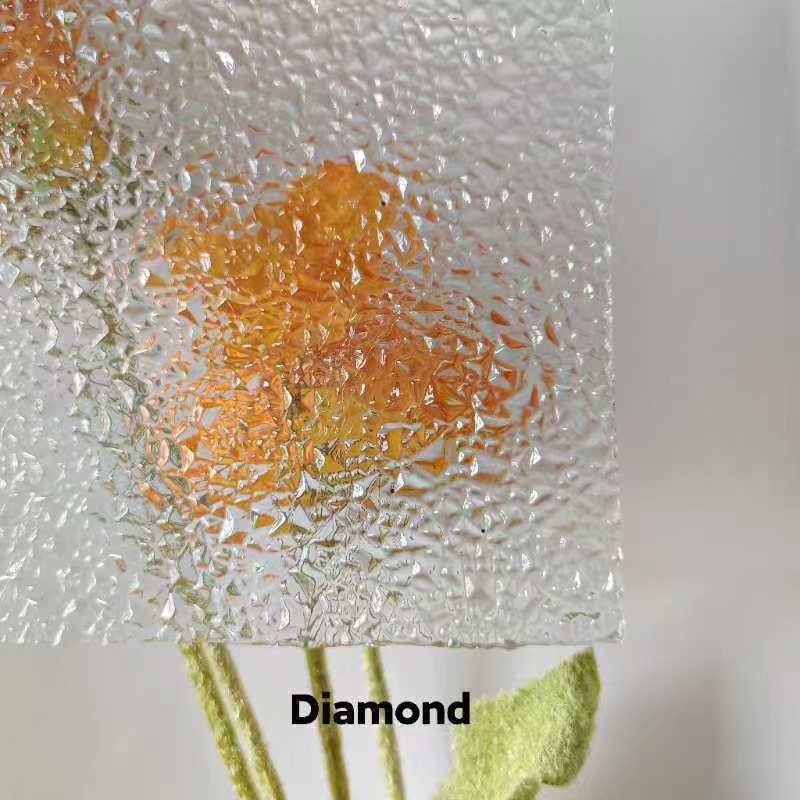

The Benefits of Tinted and Reflective Glass
In today's architectural landscape, the choice of materials plays a pivotal role in both aesthetics and functionality. Among these materials, tinted and reflective glass has emerged as a popular option for both commercial and residential buildings. This article explores the benefits of tinted and reflective glass, highlighting its applications, advantages, and reasons for its growing popularity.
Understanding Tinted and Reflective Glass
Tinted glass is created by adding pigments to the glass during the manufacturing process. This results in a variety of shades that can significantly reduce glare and improve privacy. Reflective glass, on the other hand, typically features a metallic coating on one side, which reflects light and heat. Both types of glass serve distinct purposes and offer unique advantages.
Enhanced Energy Efficiency
One of the most compelling reasons for using tinted and reflective glass is its contribution to energy efficiency. Traditional clear glass allows a significant amount of solar radiation to penetrate buildings, leading to higher indoor temperatures and increased reliance on air conditioning systems. Tinted and reflective glass, however, minimizes solar heat gain, which can result in lower energy bills. By effectively blocking harmful UV rays and reducing glare, these glass types help maintain a comfortable indoor environment, making them an ideal choice in hot climates.
Improved Comfort and Privacy
Tinted glass provides a significant level of privacy without sacrificing natural light. This characteristic is especially beneficial for urban areas where buildings are often closely spaced. By incorporating tinted or reflective glass into the design, architects can create spaces that feel more personal and secure. Moreover, the reduction of glare can contribute to a more comfortable environment for occupants, enhancing their overall experience within the space.

Aesthetic Appeal
In addition to practical benefits, tinted and reflective glass also adds considerable aesthetic value to buildings. Available in various colors and finishes, these glass types can conform to a building's architectural style while providing a modern and sleek appearance. Buildings adorned with reflective glass often exhibit a striking facade that reflects their surroundings, creating a visually appealing structure that changes with the light throughout the day.
Durability and Safety
Both tinted and reflective glass can enhance the durability and safety of structures. Many manufacturers produce these glass types with a higher degree of tempering, which increases their strength and resistance to impact. This makes them a safer option in commercial buildings where the risk of breakage may be a concern. Furthermore, given that these glasses can help minimize the fading of interior furnishings caused by UV exposure, they contribute to the longevity of decor and furniture.
Environmental Considerations
With the increasing focus on sustainable building practices, tinted and reflective glass offers eco-friendly advantages. By improving energy efficiency, these products help reduce the carbon footprint of buildings. Many jurisdictions promote or require energy-efficient glass as part of green building certifications, encouraging architects and designers to incorporate these materials into their projects.
Conclusion
In conclusion, tinted and reflective glass serves as a multifaceted solution for contemporary architecture. With benefits spanning energy efficiency, comfort, privacy, aesthetics, durability, and environmental sustainability, it is no wonder that this material is gaining traction in both residential and commercial applications. As we continue to seek innovative ways to improve building performance and occupant satisfaction, tinted and reflective glass will undoubtedly play a crucial role in shaping the future of architectural design. Embracing these materials allows us to create spaces that are not only beautiful and functional but also environmentally responsible.